RapidRAW almost a Lightroom clone
I stumbled across RapidRAW through a YouTube video by Anthony Morganti, and it looked interesting, definitely worth a look.
Introduction
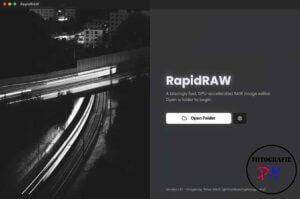
If the information is correct, then an 18-year-old created this app in just a few weeks. It’s available for download on Github for Windows, Mac, and Linux. We’re currently at version 1.3.1.
When you install the program, you’ll be amazed at what you can fit into a download of under 30MB. However, to be clear, the program isn’t (yet) a Lightroom clone. However, it could be a very interesting alternative for anyone who doesn’t like the subscription model and wants a RAW converter without the tedious import process.
I’ve also recorded a video about it:
Starting the Program
After installation, you can start the program and open a folder containing photos.
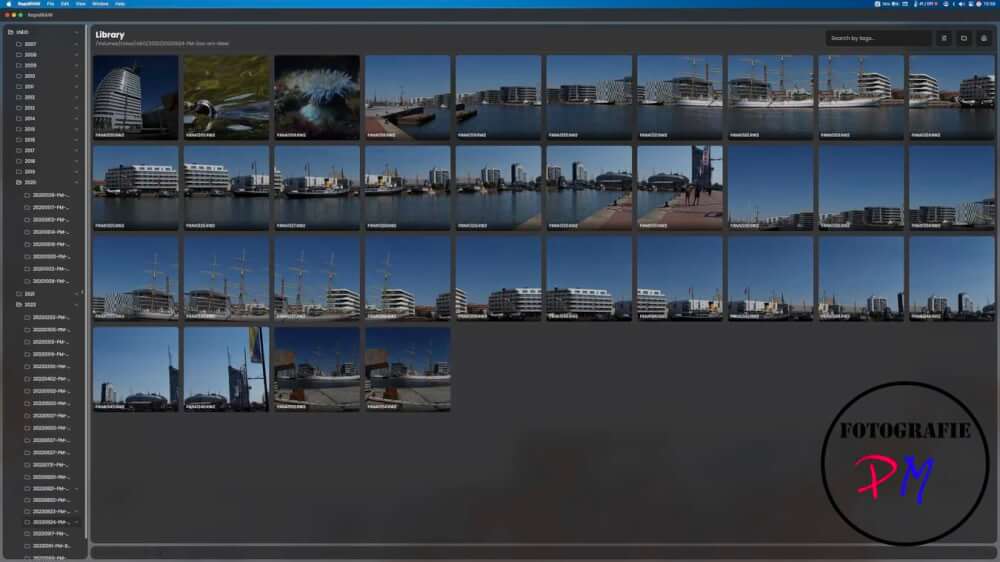
What I’m missing is a kind of grid view, like the one in Lightroom, that shows you all the photos, regardless of where they’re saved. So you have to click through the various folders.
Development
In addition to the usual controls for exposure, shadows, highlights, etc., there’s also an automatic adjustment that works quite well. However, just like in Lightroom, there are cases where the automatic adjustment simply fails.
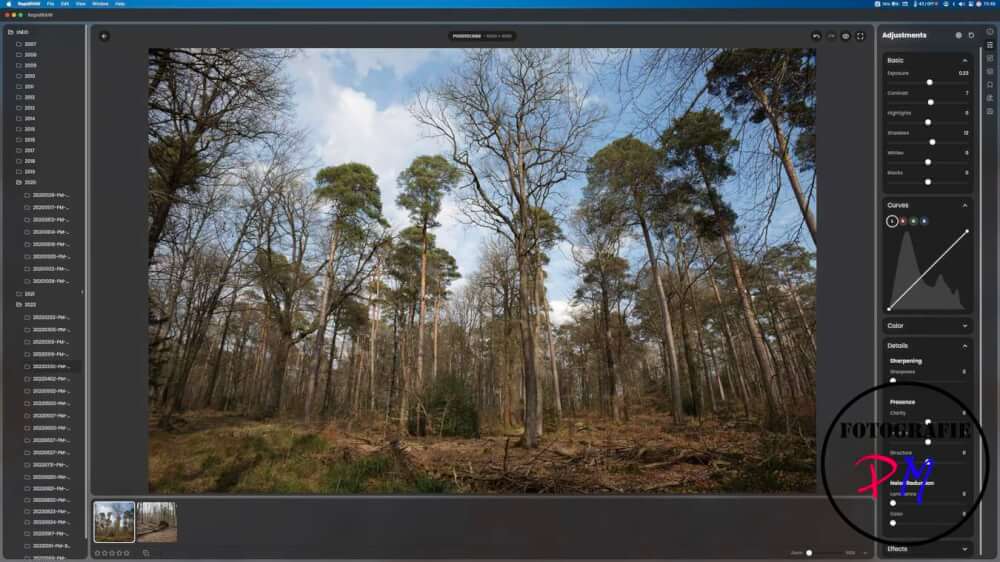
Masks
RapidRAW also supports various masks, including for the subject, foreground, etc. This works quite well depending on the subject.
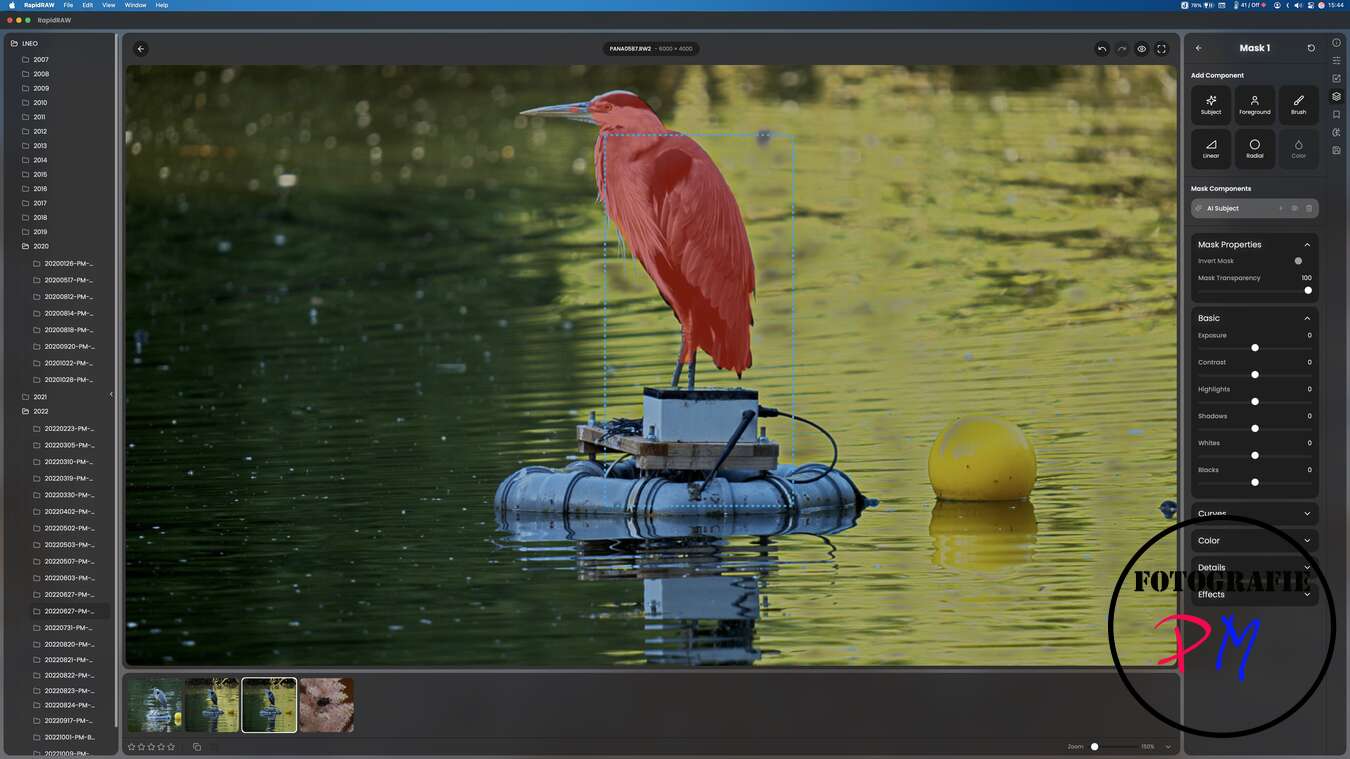
That’s pretty good considering the development time so far has been quite short. And of course, radial masks are also available, and you can also mask any area with a brush.
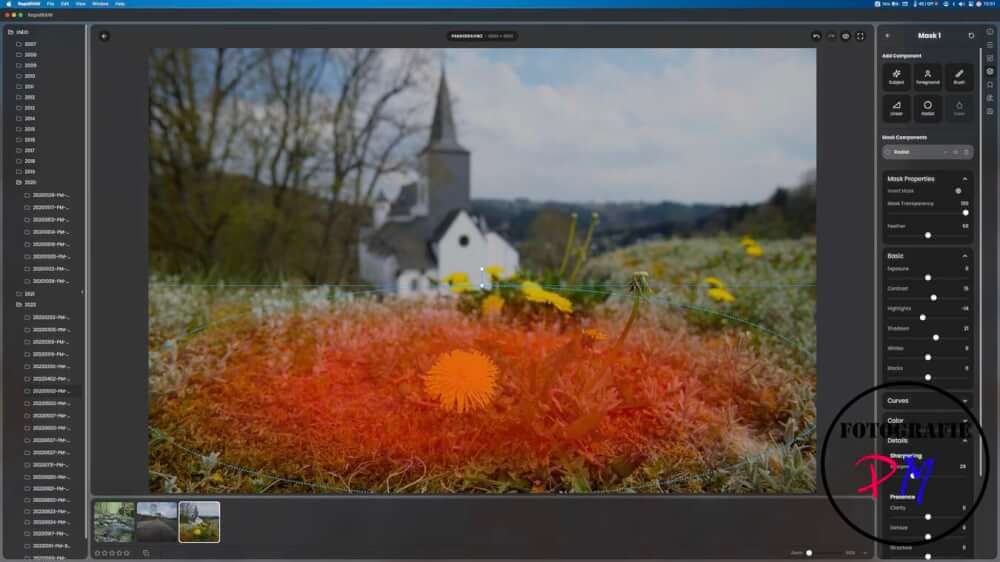
Options for adjusting the transparency of the mask round out the picture.
Other Features
Of course, the app can also save presets and save images in standard formats (JPEG, PNG, TIFF). What I haven’t tried yet is installing a local AI, which should then enable a kind of generative fill and an upscaling function, similar to the one Lightroom has under Luminar NEO.
Conclusion
According to the Github page, work on this project only started on June 13th, and what has been achieved is already impressive. Yes, some things are missing, and sometimes the masks aren’t accurate, and some adjustment sliders change little to nothing in the image, but overall, I think it’s an interesting approach.
What do you think of the program? I’ve decided to keep an eye on it.
ciao tuxoche


